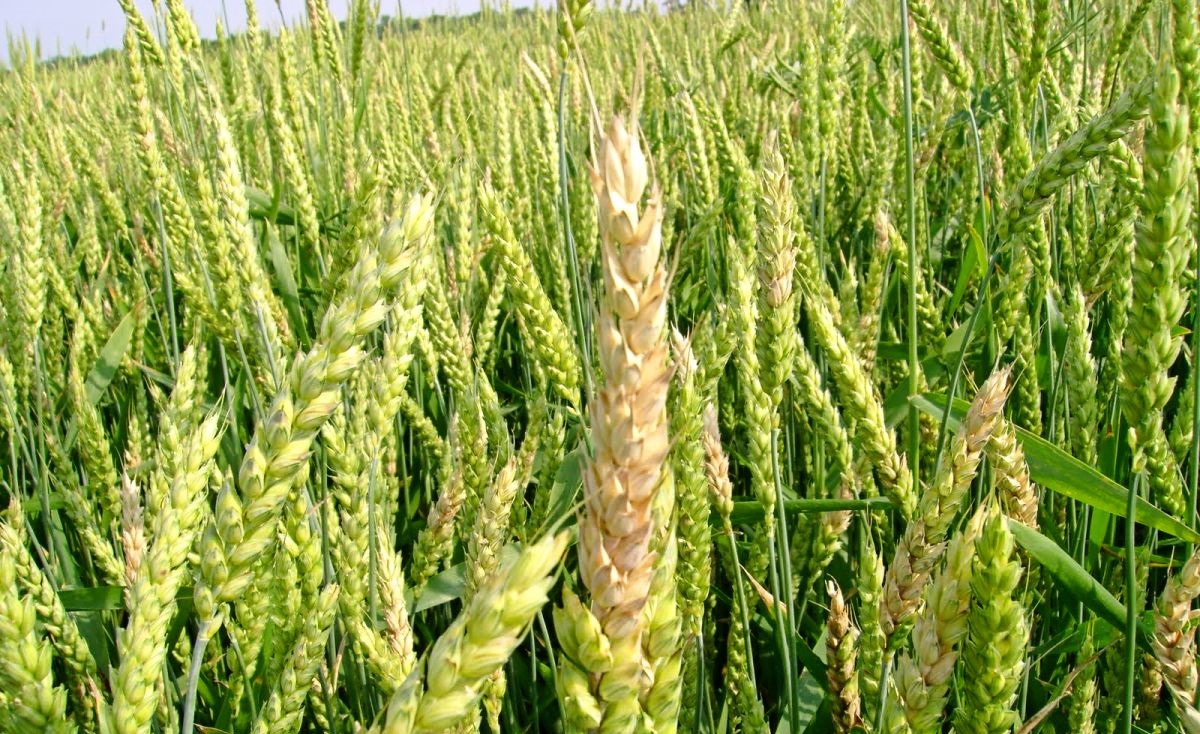
Tissue tests from the Hutchinsons Regional Technology Development sites have identified a deficiency in potash this year, reports Dr Bob Bulmer, trials & research development manager.
The findings show the results for nitrogen and phosphate are at satisfactory levels but the concentrations of potash in plant tissues are consistently low in both winter wheat and winter barley. These findings mirror those from 2015.
Magnesium and sulphur levels are also low at some of the sites, particularly for winter wheat.
"Potash is an element that we have been investigating for two years at our Regional Development Sites, and as part of the Yield Enhancement Network project (YEN), “explains Dr Bulmer.
"Plants have a high potassium requirement that is very similar to nitrogen and five times that of phosphate.
"It has been calculated that winter wheat will require on average 5kg/ha/day of potash during May compared to 2kg/ha/day for nitrogen and 1kg/ha/day for phosphate.
"The factors causing this potash deficiency are poorly understood but according to the 2015 British Survey of Fertiliser Practice potash applications have declined from a high of 45kg/ha in 1983 to a current level of 30kg/ha.
"In addition, only 50% of tillage crops received potash in 2015. Yields of wheat have improved in the last two years increasing nutrient demand, which may reach 350-400kg/ha of potash over the lifetime of the crop."
Potash is a mobile nutrient and autumn applications may move down the soil profile away from the root zone restricting the availability of this nutrient, so there can often be a an issue to get the timing of application correct.
"Winter wheat has a high demand for potash in the spring and summer months which may exacerbate this problem."
What are the benefits of potash?
Potash (as elemental potassium) is used by plants to activate over eighty cellular enzymes and it plays an important role in helping plants to moderate environmental stresses, particularly drought stress and resistance to fungal diseases.
Potassium helps to counteract the negative effects of excess nitrogen by strengthening stems and improving disease resistance. Good potassium nutrition is also associated with bold grains.
Studying the work of the Yield Enhancement Network (YEN) has revealed some very interesting details, showing potassium could be a major reason why crops don’t get as close as they could to achieving their maximum potential yield for the soil type they are being grown on.
"We have been using granular applications of potash around GS31/32 to deliver potassium to the plant and then plan to top up further with foliar treatments in the period between flag leaf and ear-emergence," adds Dr Bulmer.
The Noy Brothers farm over 600 acres at Chipping Hill Farm in Buntingford, and have been using field scale inputs and observations with potash to boost potassium levels in the crop to fill the shortfall that rapid crop growth in the spring and summer creates, stimulated by the YEN project.
Hutchinsons are investigating the benefits of potash in replicated small plot trials, by looking at spring and summer applications of potash in two forms, as solid fertiliser and also as foliar sprays.
"A foliar spray applies less potash compared to solid fertiliser but it may be used more efficiently by the plant because the potassium has a more direct route that isn’t influenced by soil moisture or rooting."
"The tissue results are indicating that this is a good year to examine potash nutrition,” says Dr Bulmer.
If you are interested in this topic or the Yield Enhancement Network, Hutchinsons will be hosting farmer open days at our Regional Technology Centres during June and early July.
